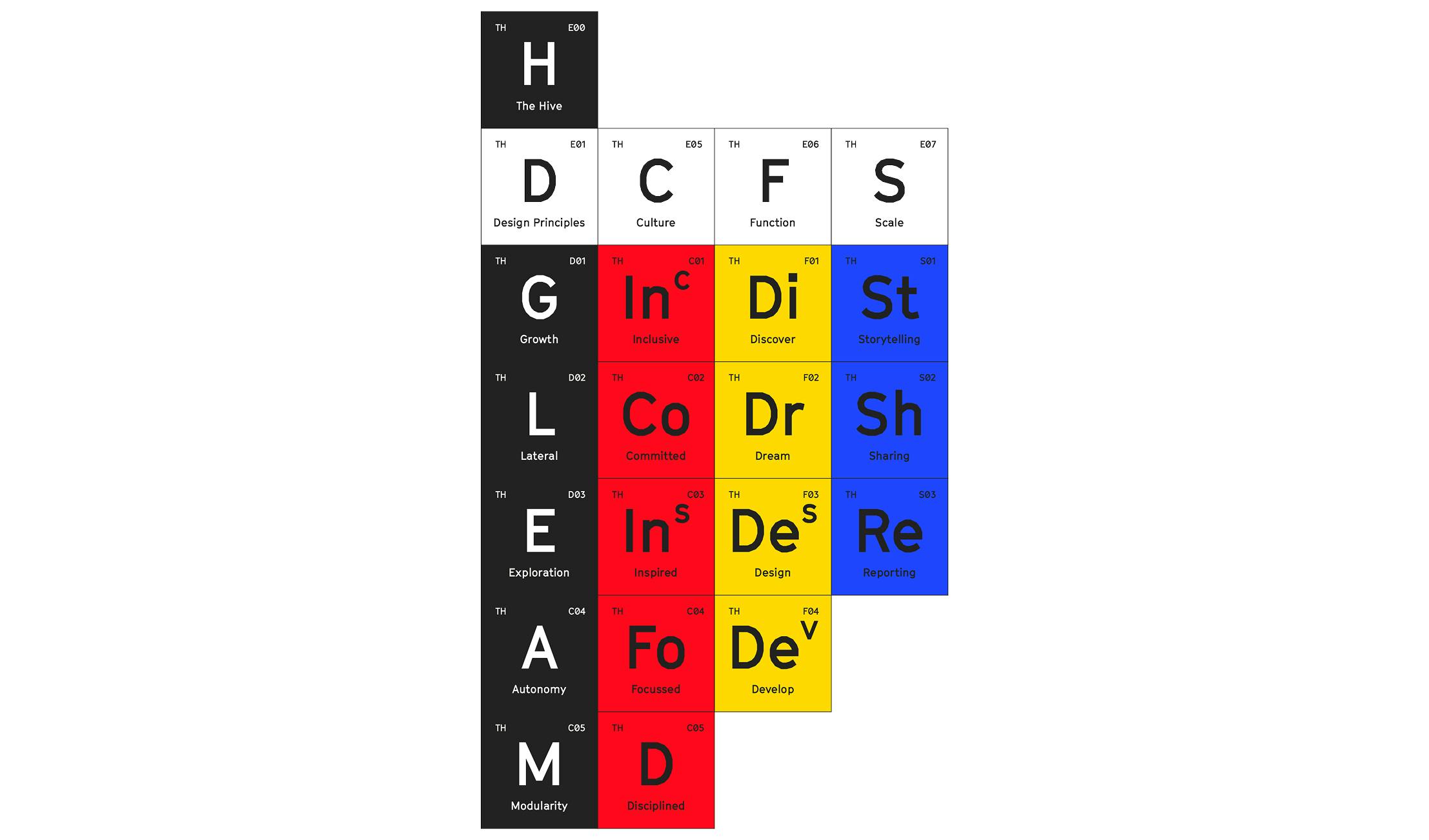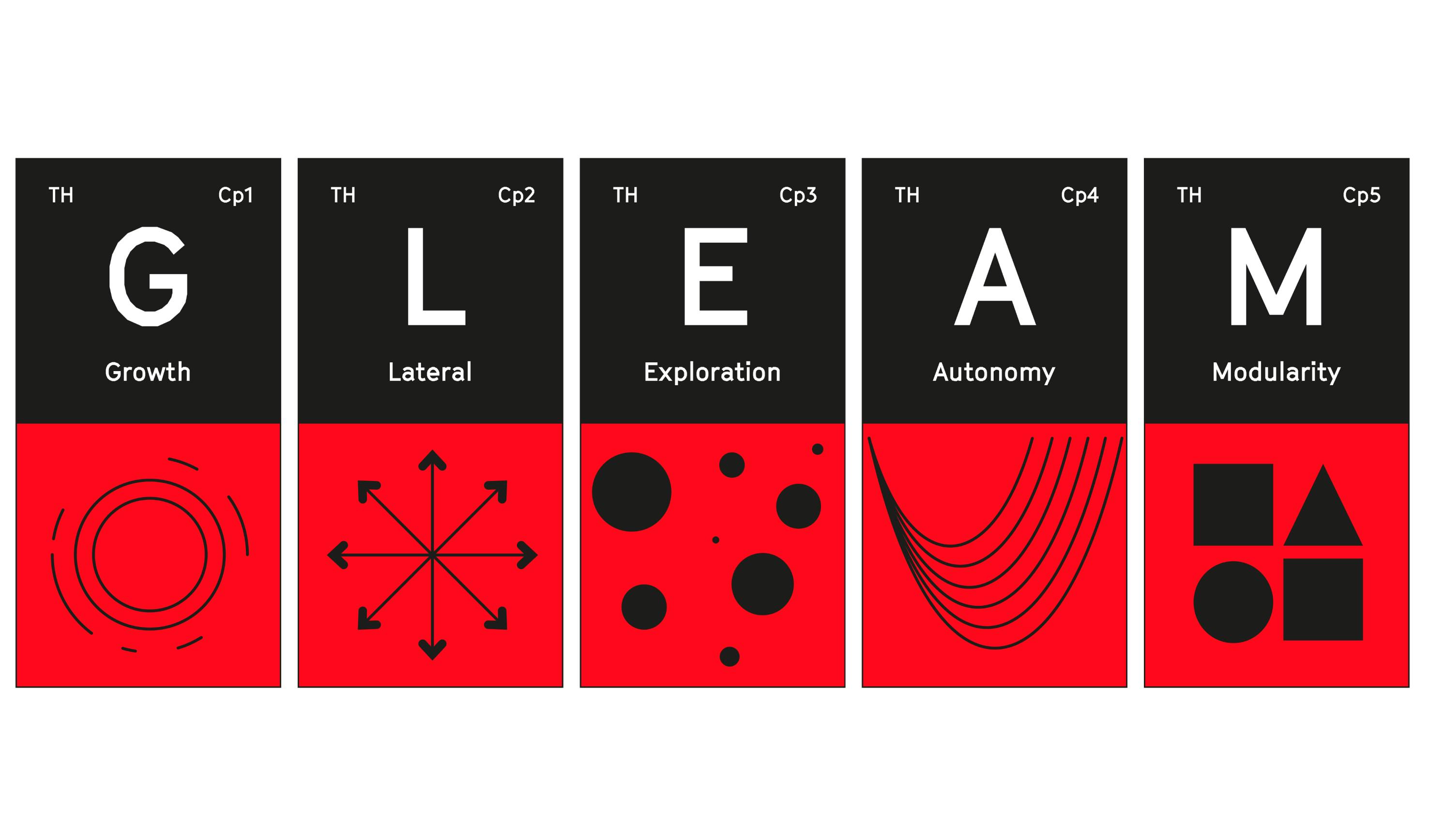Designing a New Way of Working at the Red Cross Blood Service
Without shared principles or structure, even the most creative spaces struggle to create lasting impact.
A large space near the CEO’s office had been set aside for collaboration, but without a clear purpose, system, or identity, it risked becoming just another underused meeting room. While the intent was strong, there was little to connect the space to meaningful change in how the organisation worked. CraigWalker was brought in to help define what the space could be—not just in form, but in function. The opportunity wasn’t to simply furnish a room, but to reimagine how teams across the Blood Service collaborate, create, and solve problems together. That vision took shape as The Hive—a name, identity and system designed to transform not just a space, but the way people work within it.
Learn More
The project in numbers
1Space designed for collaboration
5Design principals
3Step path for scale

Furniture Doesn’t Change Culture. Frameworks Do.
With little more than a few early conversations and a sense of potential, CraigWalker began by immersing in the culture of the organisation. Listening closely to stakeholders, observing team dynamics, and surfacing the unspoken barriers to collaboration. Rather than jumping to visual outputs, the team led with inquiry: framing workshops around root causes instead of surface-level fixes. A key insight emerged early, the space didn’t need more décor, it needed a shared way of working. From there, the process became one of co-designing not just artefacts, but a set of principles, behaviours, and tools that could shape how work actually happens. Each step, from immersion to workshop to playback, built momentum, grounding the design in lived experience and collective aspiration.

Space Reimagined. Culture Realigned.
What began as a simple brief to activate a new space became a broader shift in how the organisation collaborates, communicates, and creates. The Hive emerged not just as a physical room, but as a practical and adaptable system for working. One that brought clarity, consistency, and creativity to how teams operate. A shared language, clear design principles, and lightweight tools replaced ambiguity with structure, and fragmentation with shared purpose. The Hive became shorthand for a new way of doing things: more open, more engaged, and more effective. Beyond visual identity or environment, the real impact was a mindset shift, embedding lasting behaviours that support innovation at every level of the organisation. The result is a living framework: practical, flexible, and deeply woven into the rhythms of everyday work, with a simple three-step path for scale designed to guide rollout across teams and locations.
